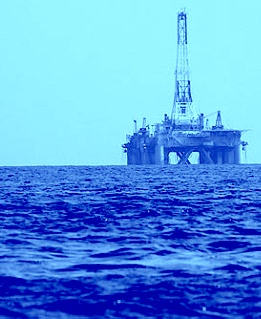New plans for old rigs
 Chevron and Esso have both announced plans to address their decommissioned oil rigs off the coast of Australia.
Chevron and Esso have both announced plans to address their decommissioned oil rigs off the coast of Australia.
Chevron's plan involves converting eight out of nine decommissioned oil platforms off Western Australia's Pilbara coast into artificial reefs.
Of these, five will remain in their current locations, three will be temporarily removed and reinstalled, and the ninth platform will be completely removed and recycled onshore.
Chevron says that the transformation into artificial reefs will benefit the marine ecosystem and support local fishing and tourism industries.
RecFishWest and the state's Department of Primary Industries and Regional Development will oversee the management of these reefs. The federal government's Environment Protection (Sea Dumping) Act has given its approval.
Despite this, the plan has faced significant opposition from environmental groups and unions.
The Offshore Alliance, representing oil and gas workers, has also criticised the plan, arguing it reduces job opportunities associated with full platform removals.
Meanwhile, Esso, a subsidiary of ExxonMobil, plans to remove about half of its offshore platforms and structures in the Gippsland Basin, starting in 2027.
This includes the removal of up to 10 steel piled jacket platforms and two monotowers.
The company says it is committed to safely completing decommissioning activities, including transporting dismantled structures to Barry Beach Marine Terminal (BBMT) for recycling. Esso says that its decommissioning process is safe and that the majority of the structures are free from hazardous materials like mercury and asbestos.
However, environmental groups, including Friends of the Earth, have expressed serious concerns about the potential environmental impact. They say the plan to leave the rigs in the ocean will create a massive, toxic dump in a Ramsar-protected wetland.
Esso has defended its choice of BBMT, citing historical use of the site for offshore support since the 1960s.
The company says the majority of the decommissioned steel would be recycled and could support future offshore wind projects in the Bass Strait.
Both Chevron and Esso's decommissioning activities are part of a broader industry shift, with the federal government estimating that decommissioning oil and gas infrastructure in Australian waters could be worth up to $60 billion over the next 30 to 50 years.








 Print
Print